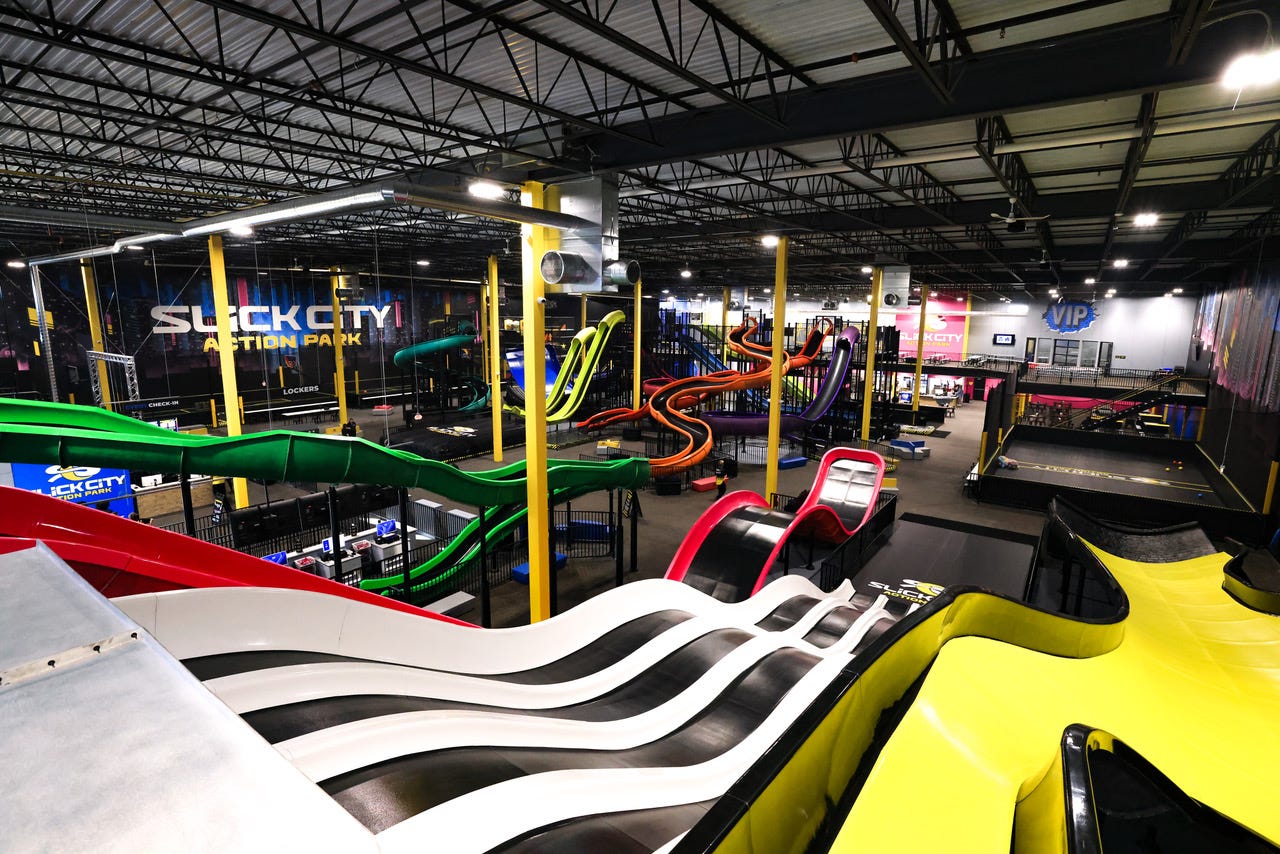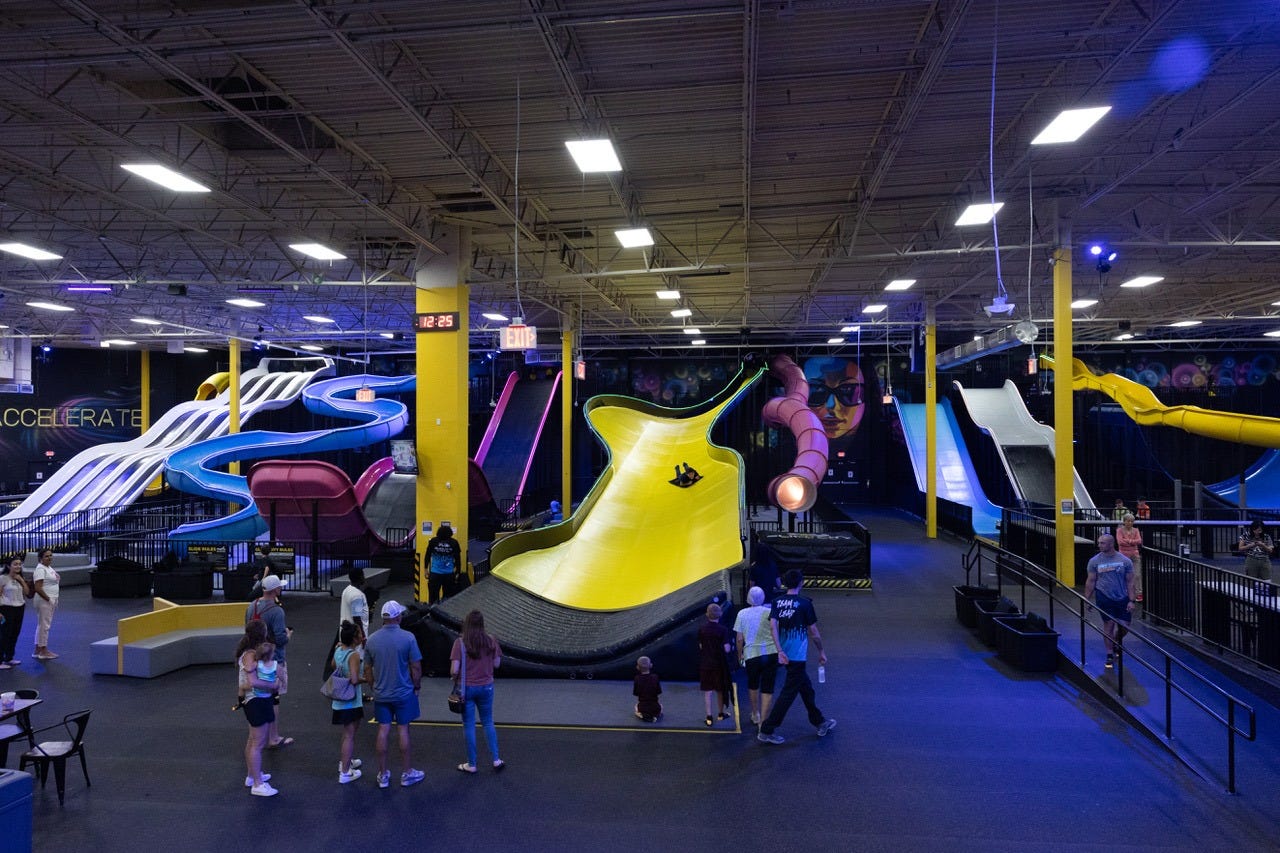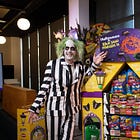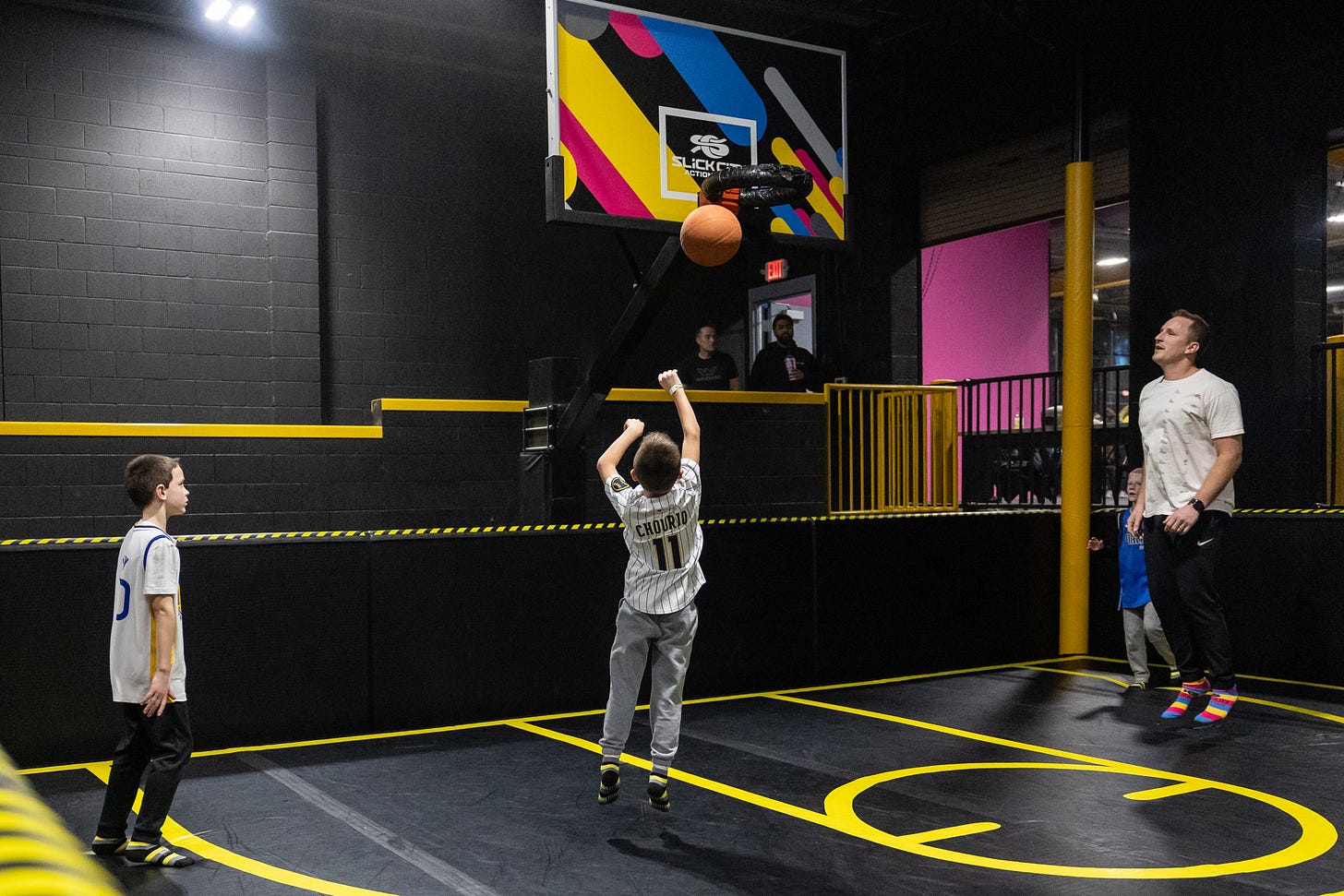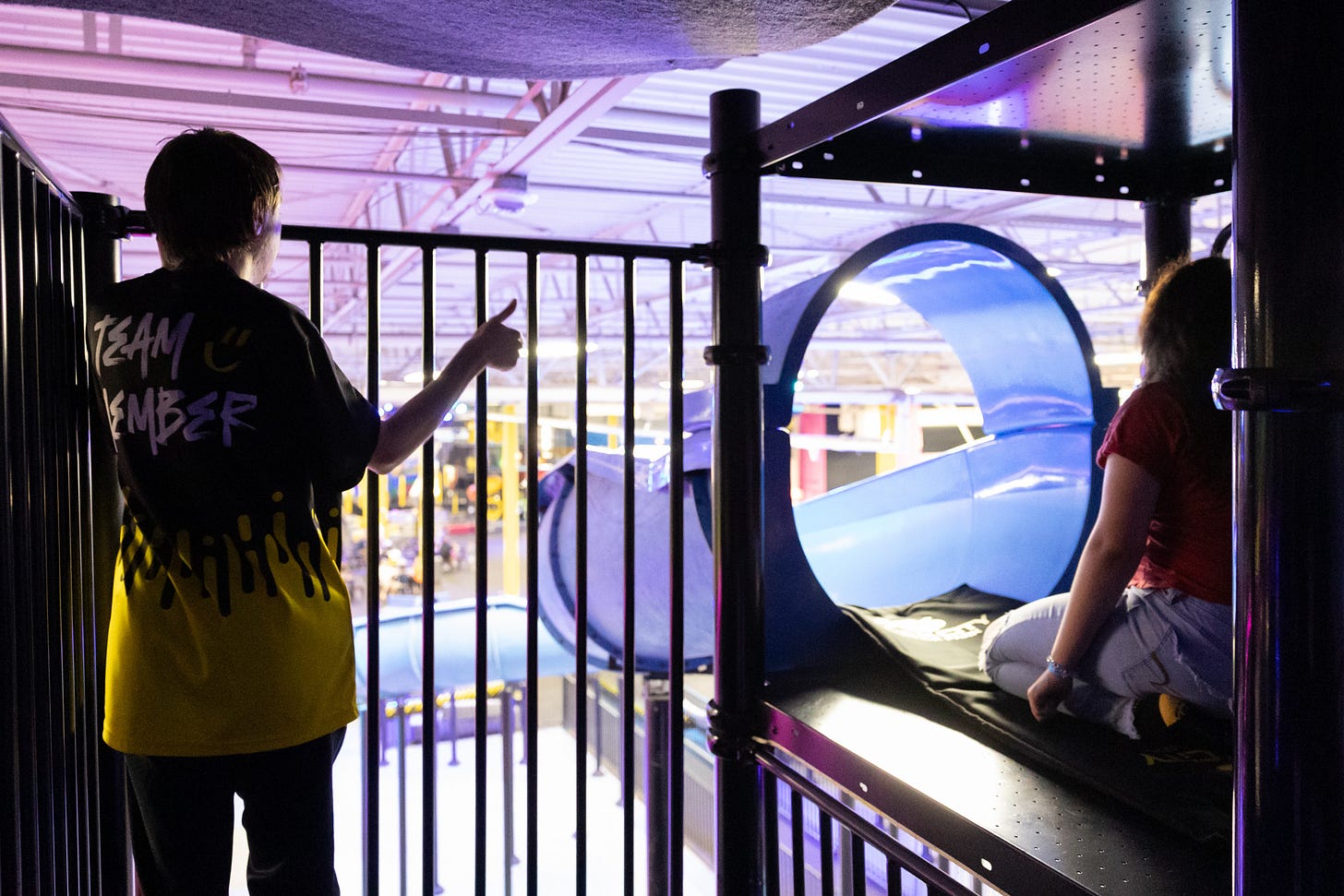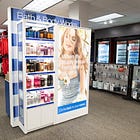An amusement park where grandmas are booking time slots for themselves
When Bron Launsby set out to bring to life an unconventional idea for an indoor amusement park, he didn’t expect it would flip the script on who would be among its keenest customers.
Amusement parks generally cater to families with younger kids, tweens, teens and 20- somethings. That’s not to say that full-grown adults and -*gasp* - seniors can’t partake in the fun for themselves.
It’s happening at Slick City Action Park where the “kidulting” phenomenon — grownups playfully tapping into their childhood passions and activities — is showing up strongly, Launsby, co-founder and CEO of Slick City Action Park, said in an interview with Bagable.com.
Slick City, which opened its first location in June 2022 in a 40,000-square-feet former trampoline park in a mall parking lot, is like an indoor water park minus the water.
The space is filled with numerous colorful giant dry slides on which visitors zig zag, whip around in a spiral, or plunge down from dizzying heights while lying down on a simple mat.
The business currently has 18 operating parks (located in mall settings or former empty big-box stores) and expects to open another 12 this year, with a total of 30 Slick City parks by the end of 2025.
Even though Slick City is meant to be an age-agnostic entertainment experience, Launsby spotted a noteworthy trend: more than 26% of the annual revenue is being driven by visitors over the age of 18 (and 36% from guests of high school age or older).
Additionally, Slick City visitors in the 36-to-41-year age range in the last year bought more tickets than the 18-to-23-year-old demographic, according to company data.
Then came the grandmas.
An 82-year-old grandmother celebrated her birthday last November at a Slick City park by sliding down one of the tallest launch slides, Launsby said. “On a given day, you could see multiple senior citizens experiencing these slides,” he said.
Noting an increase in multi-generational groups coming to Slick City, and suggestions on social media that the venue should hold kid-free timings, the company began offering monthly adults-only nights.
“There’s a macro trend out there of people wanting to be healthy and look and feel younger as they age,” said Launsby, an entrepreneur who pivoted from a career in corporate retail into the family entertainment industry. “People are realizing that active play reduces stress and boosts creativity and problem solving.”
Slides, he said, also go a long way in enhancing social dynamics. “Having slides where you can race each other or play basketball or dodgeball with the whole family, or even with your boss, help build relationships and social connections,” he saids.
Besides slides, Slick City’s other attractions include a toddler-safe entertainment area, zip lines, sport courts with a bouncy surface to play basketball, dodgeball, volleyball or soccer games, and grab-and-go food and beverages.
A typical Slick City location (open for the full fiscal year 2024) generated over $4.96 million in revenue, the company told Bagable.com.
Reimagining retail’s blank spaces
Over the summer, Slick City opened its 17 location in Tulsa, Oklahoma in a former 32,000 square feet Bed, Bath & Beyond store that was part of an open-air shopping center. The growth of the business, said Launsby, is being fueled by revenue and profits from the parks, by its owners and investors, and by franchise location royalties.
As Launsby targets expansion, he’s actively scouring the retail landscape for dead spaces such as defunct standalone big-box stores or those attached to malls.
“Unfortunately in the last seven to eight years, there’s been significant store closures like Bed, Bath & Beyond, Big Lots and JoAnn [stores]. We are in a number of those locations and in Simon Property malls,” said Launsby.
Meanwhile, mall operators are enthusiastically courting entertainment concepts such as pickleball courts, virtual golf, Escape Rooms and immersive virtual reality experiences into their spaces as a way to draw more traffic and spending as younger consumers prioritize splurging on unique experiences rather than accumulating more products.
Such types of family entertainment centers, according to industry estimates, are expected to grow to a $100 billion market by 2032.
“The overall principle is that a lot of retail operators are going for services that can’t easily be disintermediated by the internet, meaning you can’t replace it with something over the internet as easily, like with nail salons,” said Victor Calanog, managing director, real estate and global co-head of research and strategy with Manulife Wealth & Asset Management.
“What’s interesting about the Slick City concept, which is obviously borrowed from the water parks, is that it can really be an anchor tenant for a mall,” he said. “And because of all the physical activity the experience requires, I can imagine it will attract other establishments near it, such as more food, arcades, clothing stores and that will facilitate more spending.”



